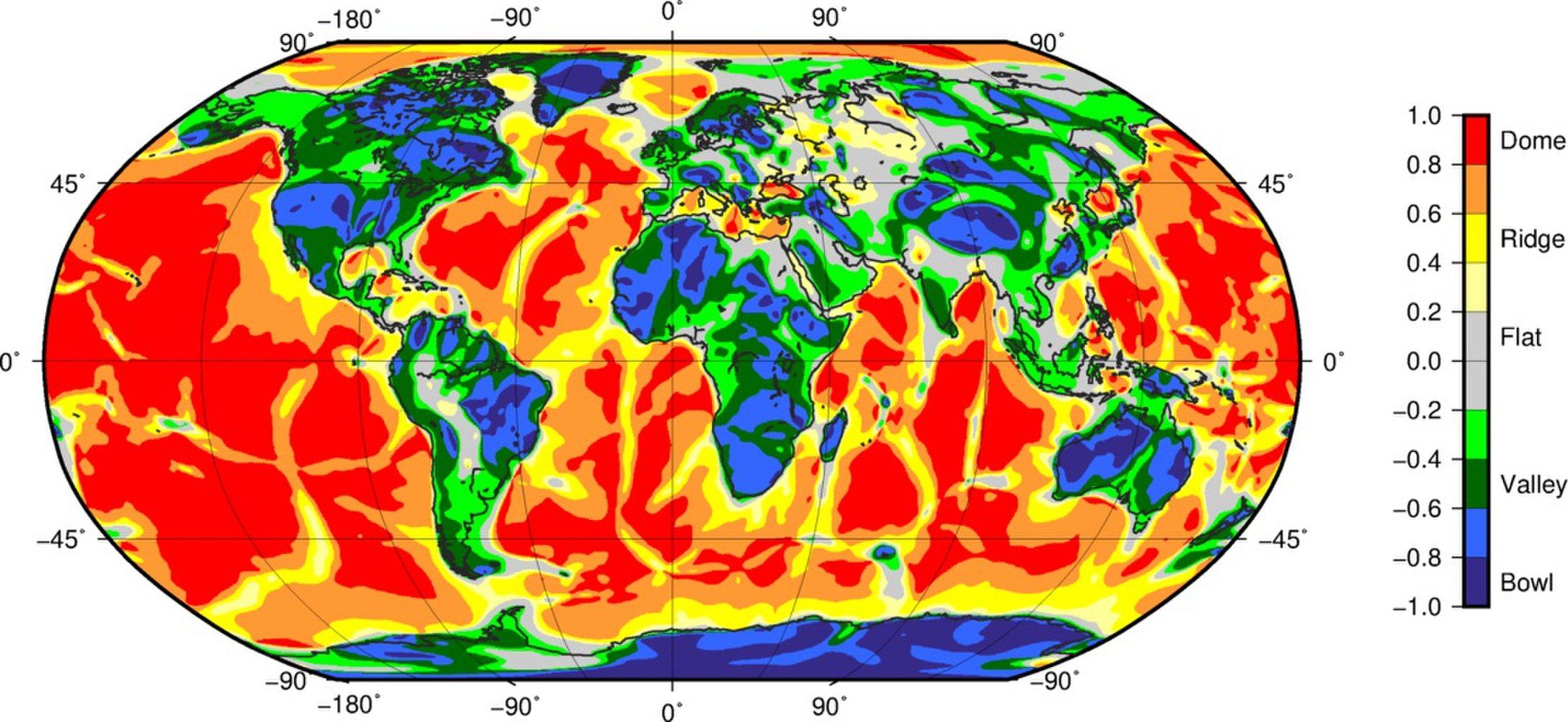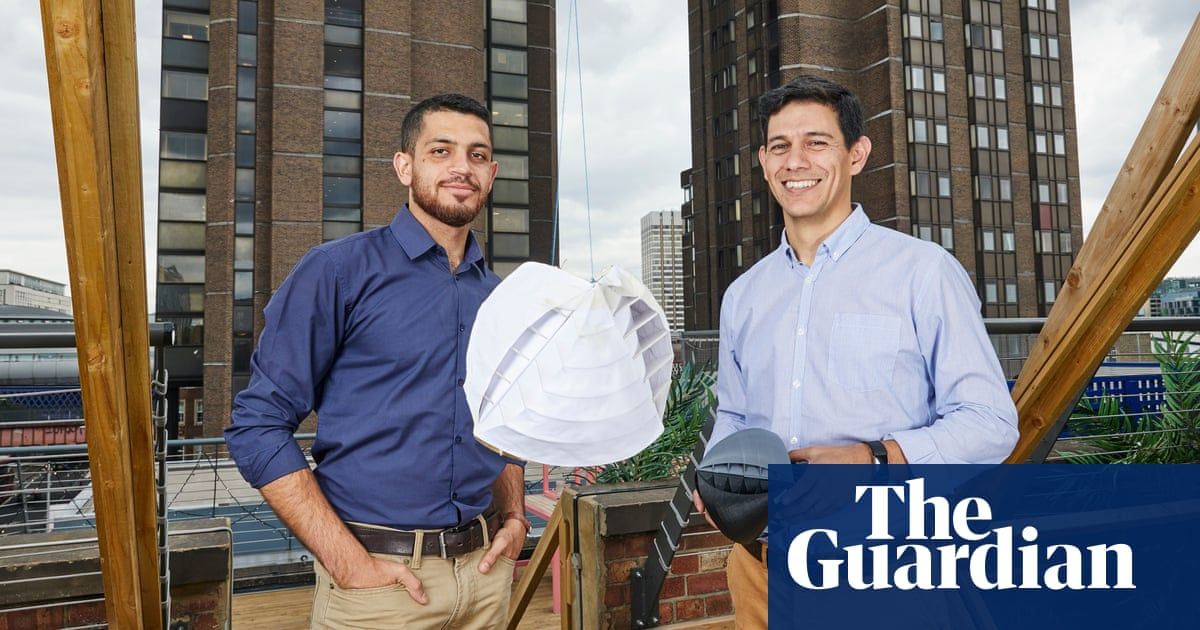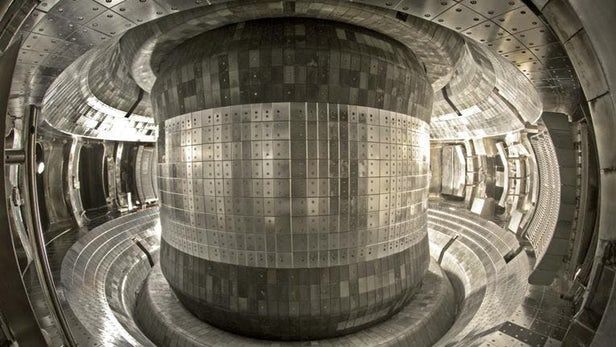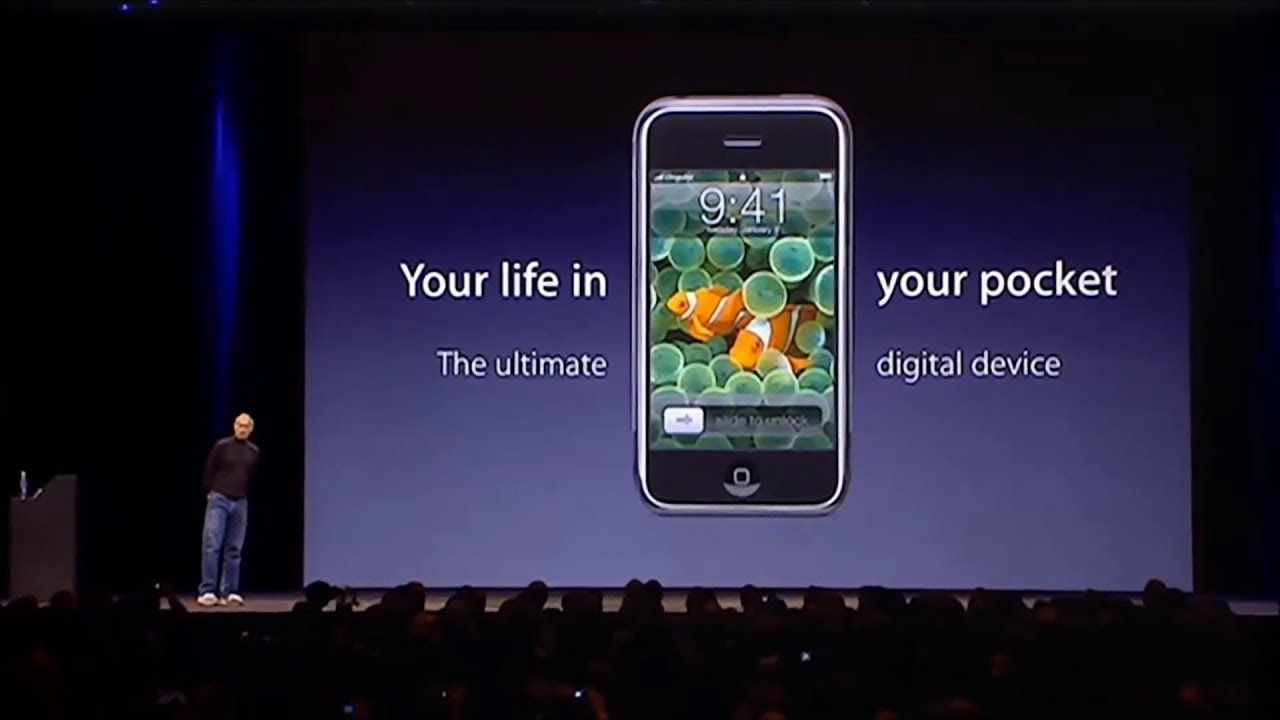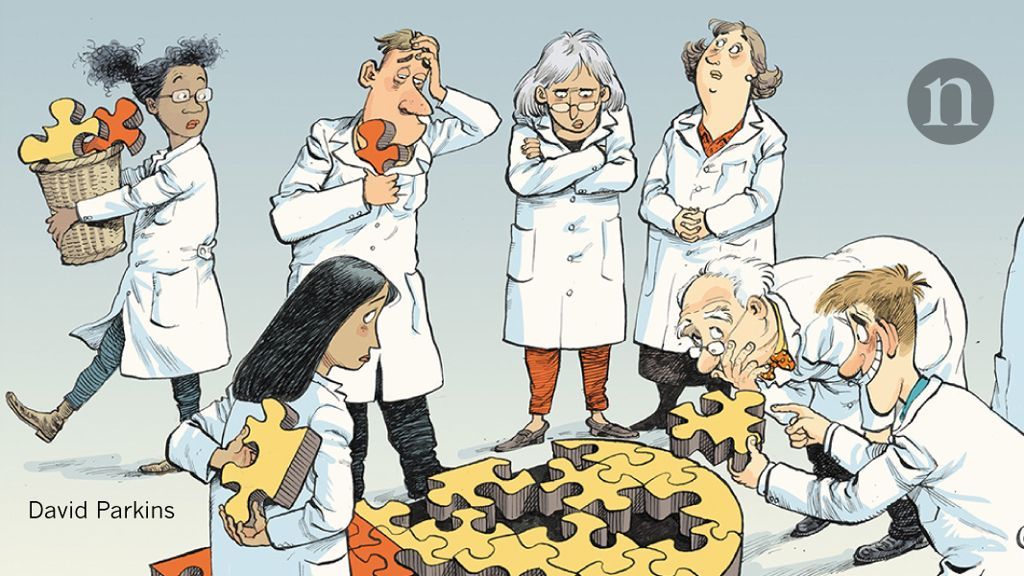Ancient continents were found under Antarctic ice, thanks to old data from a now-dead European satellite.
New analysis of data from the Gravity Field and Steady-State Ocean Circulation Explorer (GOCE) mission has revealed rocky zones called “cratons” in the Earth’s lithosphere, a zone between our planet’s crust and mantle. GOCE plunged into Earth’s atmosphere five years ago this month after the craft ran out of orbital-maneuvering fuel. While scientists were unable to predict exactly where GOCE would fall, no debris dropped into populated areas.
